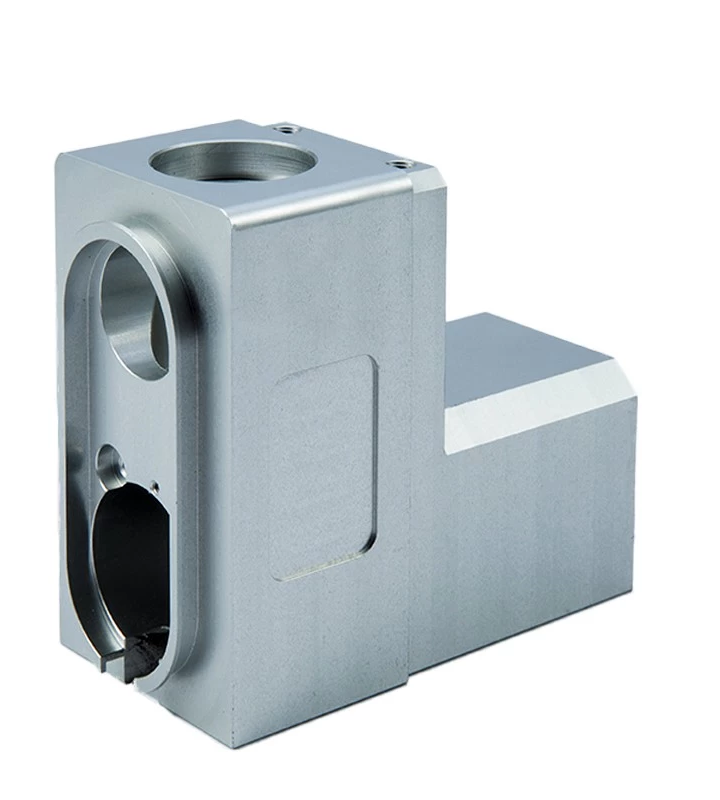
CNC-maszynowane elementy oferują niezrównane versatile, czyniąc złożone projekty proste do wyprodukowania. Czy chodzi o skomplikowaną część dla inżynierii lotniczej, precyzyjny komponent dla sprzętu medycznego, czy złożoną strukturę dla elektroniki konsumentów, CNC może to obsłużyć bez problemu.
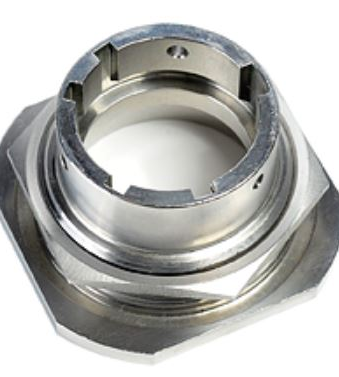
Niezawodność części obrabianych CNC jest fundamentem przemysłu produkcji urządzeń medycznych, gdzie precyzja i spójność przekładają się na bezpieczeństwo pacjentów i wyniki. W tej dziedzinie obróbka CNC zapewnia niezrównaną dokładność wymiarową i jakość wykończenia powierzchni, spełniając rygorystyczne normy regulacyjne, takie jak ISO 13485, system zarządzania jakością urządzeń medycznych.
Komponenty obrabiane CNC stosowane w urządzeniach medycznych często obejmują skomplikowane implanty, narzędzia chirurgiczne, protezy i sprzęt diagnostyczny. Wysoka powtarzalność i ścisłe tolerancje osiągane dzięki obróbce sterowanej komputerowo zapewniają, że każda część działa perfekcyjnie w wielu komórkach, co zmniejsza ryzyko awarii podczas krytycznych procesów.
Dodatkowo, technologia CNC może przetwarzać materiały specjalistyczne o skomplikowanej geometrii, które często są wymagane ze względów biokompatybilności lub wydajności. Ta wszechstronność zapewnia producentom możliwość konsekwentnego wytwarzania części, które spełniają precyzyjne specyfikacje wymagane do skutecznego połączenia z anatomią ludzką i innymi wrażliwymi systemami medycznymi.
Zasadniczo, stosowanie części obrabianych CNC zapewnia poziom precyzji, trwałości i higieny wymagany w wymagających środowiskach zastosowań medycznych, co przyczynia się do poprawy wyników opieki zdrowotnej i zwiększenia zaufania do technologii urządzeń medycznych.
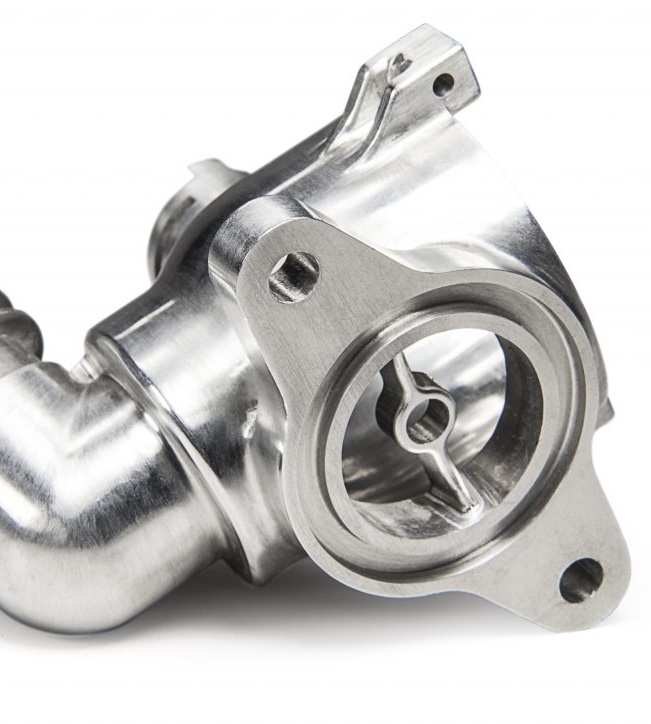
Części obrabiane CNC są prawdziwie fundamentem nowoczesnej, efektywnej produkcji. Procesy obróbki z wykorzystaniem komputerowego sterowania numerycznego (CNC) usprawniają przepływy produkcyjne, automatycznie tworząc wysoce precyzyjne i złożone części przy minimalnej interwencji człowieka. Ta zaawansowana technologia umożliwia producentom osiąganie wysokich poziomów dokładności, spójności i szybkości, co z kolei redukuje marnotrawstwo materiałów i czasy cyklu.
Maszyny CNC mogą pracować nieprzerwanie przez całą dobę, wykonując skomplikowane projekty z łatwością i szybko przełączając się między różnymi typami części dzięki swojej programowalnej naturze. Ta wszechstronność umożliwia firmom efektywne zarządzanie małymi partiami zamówień na specjalne zlecenia, tak samo jak produkcją na dużą skalę, spełniając w ten sposób różnorodne wymagania rynkowe bez kompromisów w jakości czy terminach dostaw.
Dodatkowo, obróbka CNC wspiera zasady szczupłej produkcji, promując produkcję just-in-time i minimalizując poziomy zapasów surowców i półfabrykatów. Przyczynia się również do bezpieczniejszego środowiska pracy, ponieważ operatorzy są mniej zaangażowani w potencjalnie niebezpieczne operacje manualne.
.
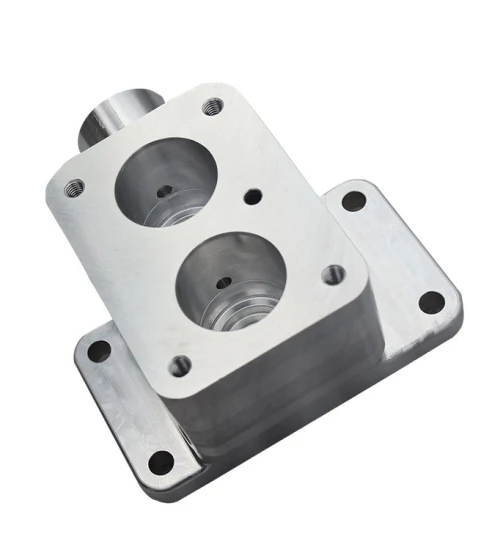
Obróbka CNC zrewolucjonizowała krajobraz produkcji, upraszczając wytwarzanie precyzyjnych części, co sprawia, że proces produkcji jest łatwiejszy i bardziej efektywny niż kiedykolwiek wcześniej. Ta nowoczesna technologia wykorzystuje maszyny sterowane numerycznie (CNC) do interpretacji cyfrowych projektów w wysokoprecyzyjne polecenia, aby zautomatyzować proces formowania i cięcia materiałów z wysoką precyzją.
W obróbce CNC skomplikowane modele 3D są programowane za pomocą kodu G, aby prowadzić narzędzia maszynowe wzdłuż precyzyjnych ścieżek. Rezultatem jest wysoki stopień powtarzalności i dokładności w przypadku wielu części, nawet dla skomplikowanych geometrii i małych tolerancji, które są trudne lub niemożliwe do osiągnięcia metodami ręcznymi.
Ta wszechstronna metoda może obsługiwać różnorodne metale, tworzywa sztuczne i inne materiały, a także jest odpowiednia dla branż od lotnictwa po urządzenia medyczne. Części niestandardowe, prototypy i produkcja na dużą skalę korzystają z szybkości, niezawodności i elastyczności, jakie oferuje obróbka CNC.
Ostatecznie obróbka CNC upraszcza drogę do precyzyjnej produkcji, umożliwiając firmom i inżynierom łatwe i konsekwentne przekładanie ich rygorystycznych wizji projektowych na namacalne rzeczywistości, skracając czas realizacji i poprawiając jakość produktu na każdym etapie procesu produkcyjnego.
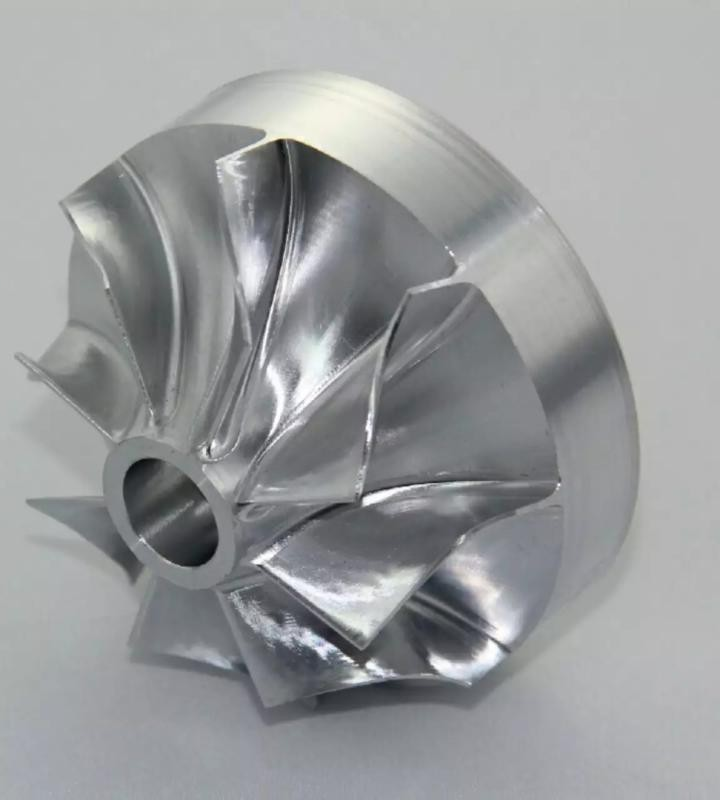
Części obrabiane CNC mają głęboki wpływ na jakość i wydajność produktów końcowych w wielu branżach. Te komponenty są wytwarzane z niezrównaną precyzją przy użyciu technologii sterowania numerycznego (CNC), co zapewnia, że każda część spełnia rygorystyczne specyfikacje projektowe i tolerancje.
Integracja obróbki CNC w procesie produkcji zapewnia wysoką powtarzalność i spójność. Taki poziom precyzji umożliwia zespołom spełnianie lub przekraczanie oczekiwań pod względem dopasowania, formy i funkcji, co zwiększa niezawodność produktu i jego żywotność.
Dodatkowo, wszechstronność obróbki CNC pozwala na wykorzystanie różnych materiałów i skomplikowanych geometrii, co umożliwia projektantom optymalizację konstrukcji komponentów w celu zmniejszenia wagi, poprawy wydajności lub osiągnięcia innych specyficznych celów wydajnościowych. Ta zdolność jest szczególnie ważna w obszarach takich jak lotnictwo, motoryzacja i urządzenia medyczne.
Podsumowując, integracja części obrabianych CNC ma znaczący wpływ na poprawę standardów jakości produktów i ogólnej wydajności, co z kolei napędza innowacje i konkurencyjność na dzisiejszym wymagającym rynku przemysłowym. Skrupulatna kontrola produkcji zapewnia, że każdy produkt jest nie tylko spójny, ale także zdolny do spełnienia najbardziej rygorystycznych wymagań.
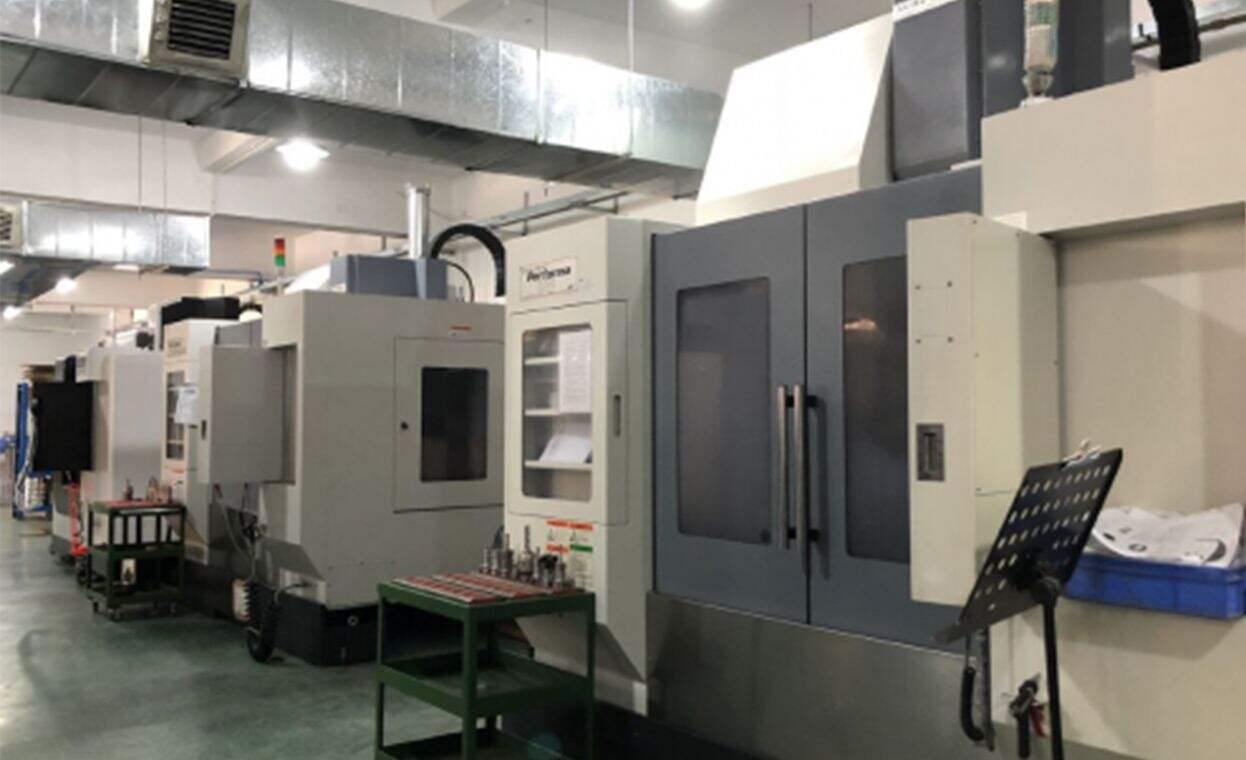
RMT jest dostawcą precyzyjnej produkcji na zamówienie. Oferujemy wysokiej jakości produkcję z terminową dostawą w konkurencyjnych cenach. Wyraź swoje wymagania, a po ich potwierdzeniu opracujemy rozwiązanie, które Cię usatysfakcjonuje. Na każdym etapie procesu będziemy nieprzerwanie komunikować się z Tobą, abyś mógł zrozumieć wszystkie informacje dotyczące produkcji produktu.
Stawiaj potrzeby i oczekiwania klientów na pierwszym miejscu, dostosowuj satysfakcjonujące rozwiązania z spersonalizowanymi usługami dla nich i przekraczaj oczekiwania klientów, tym samym budując niezawodne długoterminowe relacje oparte na zaufaniu.
Prowadzenie klientów przez proces produkcji na zamówienie od koncepcji do realizacji, nasi konsultanci ściśle współpracują z każdym klientem, aby zrozumieć ich unikalne specyfikacje i dostarczyć strategiczne spostrzeżenia dla spersonalizowanych rozwiązań produkcyjnych.
Wykorzystujemy nowoczesne maszyny i ścisłe środki kontroli jakości, aby produkować komponenty o precyzyjnych tolerancjach. Każda część przechodzi rygorystyczną inspekcję, aby zapewnić dokładność na poziomie mikronów, spełniając najbardziej wymagające specyfikacje.
Od surowców po gotowe produkty, skrupulatnie przestrzegamy surowych standardów, monitorując i testując każdy krok, korzystając z nowoczesnych metod, aby zapewnić spójną wydajność i trwałość we wszystkich naszych produktach.
Części obrabiane CNC mogą zapewnić wysoką precyzję i dokładność wymiarową, aby zapewnić stabilną jakość. Po drugie, umożliwiają one dostosowanie, z możliwością produkcji części dostosowanych do specyficznych wymagań. Dodatkowo, części obrabiane CNC oferują szybkie czasy produkcji, opłacalność zarówno dla małych, jak i dużych serii produkcyjnych oraz możliwość użycia różnych materiałów.
Obróbka CNC osiąga dokładność wymiarową dzięki precyzji sterowanej komputerowo. Maszyny CNC wykonują instrukcje zawarte w cyfrowych plikach projektowych, aby zapewnić spójny ruch i pozycjonowanie narzędzi skrawających. Ten poziom kontroli umożliwia precyzyjne usuwanie materiału i dokładne odwzorowanie projektu, co skutkuje częściami o wąskich tolerancjach i dokładności wymiarowej.
Typowe opcje obróbki CNC obejmują metale takie jak aluminium, stal i tytan, a także różne tworzywa sztuczne i materiały kompozytowe. Przydatność materiału zależy od czynników takich jak wymagane właściwości części, jej zastosowanie oraz możliwości obróbcze maszyny CNC.
Wybierając części obrabiane CNC, należy wziąć pod uwagę wymagane materiały, wymagania dotyczące dokładności wymiarowej, wykończenie powierzchni, złożoność projektu, wolumen produkcji i koszty. Każdy z tych czynników wpływa na proces obróbczy, wybór narzędzi i ogólną wykonalność produkcji części.
Obróbka CNC zaczyna się od użycia oprogramowania do projektowania wspomaganego komputerowo (CAD) w celu stworzenia cyfrowych plików projektowych. Ten plik projektowy jest następnie konwertowany na format, który maszyna CNC może zrozumieć, zazwyczaj przy użyciu oprogramowania do wytwarzania wspomaganego komputerowo (CAM). Narzędzia maszyn CNC są programowane z określonymi instrukcjami, w tym ścieżkami narzędzi, prędkościami cięcia i szybkościami posuwu. Maszyna następnie wykorzystuje te instrukcje do precyzyjnego kontrolowania ruchu narzędzia skrawającego, takiego jak wiertło, frezarka lub tokarka, aby usunąć materiał z obrabianego elementu i uformować pożądany kształt.
